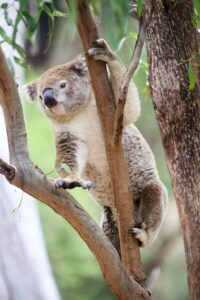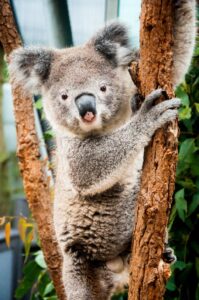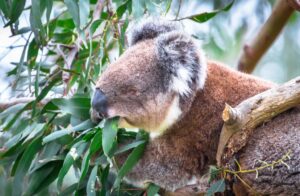Koalas, the iconic marsupials native to Australia, have captured the hearts of many with their cuddly appearance and unique behavior. These fascinating creatures are often mistaken for bears, but they are actually marsupials. Let's dive into some intriguing facts about these tree-dwelling animals.
Key Takeaways
- Koalas are not bears; they are marsupials.
- They have a specialized diet of eucalyptus leaves.
- Koalas can sleep up to 18 hours a day.
- The word "koala" means "no drink" in an Australian Aboriginal language.
- They have an excellent sense of smell which they use to select their food.
The Meaning Behind Their Name
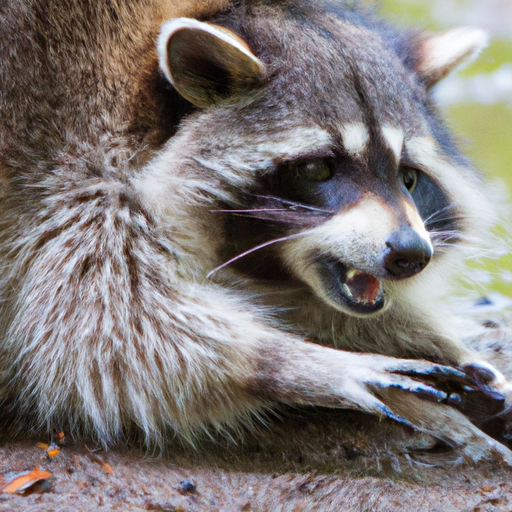
The word "koala" is thought to originate from one of the Australian Aboriginal languages, Dharug, which roughly translates to ‘no drink’ or ‘no water’. This is because in the Australian bush, koalas rarely drink water. The majority of their water intake comes from eating fresh eucalyptus leaves. Although it's uncommon to see koalas drinking water in the wild, they can do so if necessary, especially during heat waves, droughts, or bushfires.
Specialized Diet of Eucalyptus Leaves
Koalas are folivore specialists, feeding mainly on eucalyptus leaves. Their digestive system is adept at tolerating the toxic compounds found in eucalyptus, which can be poisonous and fatal to most animals. Special liver enzymes and symbiotic gut bacteria help koalas break down these compounds, allowing them to consume up to a kilogram of leaves a day.
Adaptation to One of the World's Driest Continents
Australia is one of the driest continents, with 70% of its land being arid or semi-arid. Koalas, like many other Australian animals, have adapted to these dry conditions. They are endemic to Australia and are primarily found in the southeastern and eastern parts of the country, living in forests and open woodlands dominated by eucalyptus trees.
Unique Family Lineage
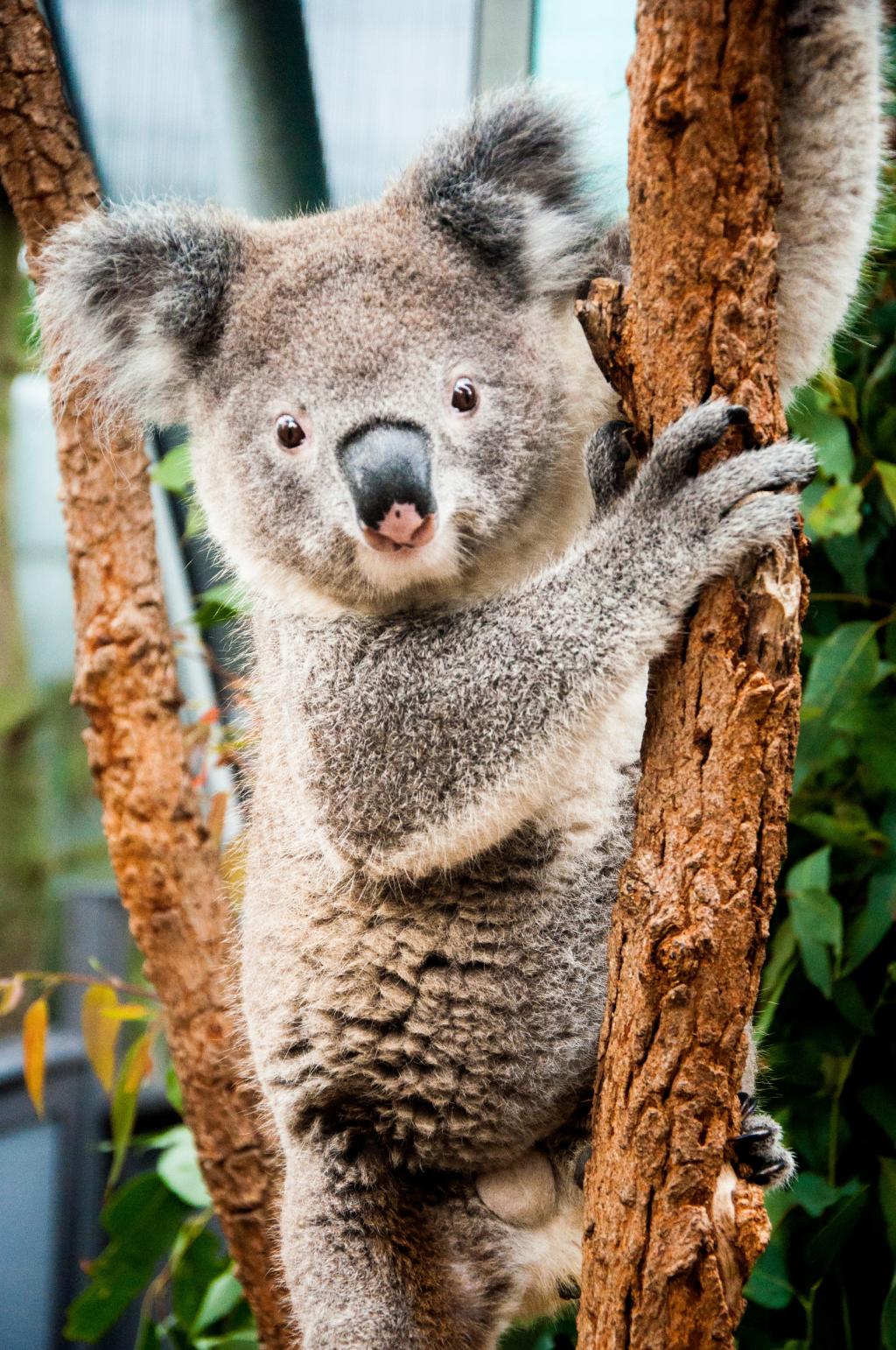
Koalas are the only surviving members of their family, Phascolarctidae. Their closest living relatives are the common wombats. Currently, koalas are listed as vulnerable by the IUCN, with their wild numbers estimated to be around 300,000 mature individuals.
More in Common with Kangaroos than Bears
Despite being commonly referred to as "koala bears," koalas are more closely related to kangaroos, bandicoots, and possums. They are marsupials, meaning females have a special pouch for rearing their young. In contrast, true bears are placental mammals.
Solitary Creatures
Koalas are mostly solitary animals. Once young joeys mature, they seek out new territories and lead a life with minimal social interaction. However, their territories can overlap with other koalas, especially during the breeding season.
Relying on Their Sense of Smell
Koalas have an excellent sense of smell, which they use to select the juiciest and most nutrient-rich eucalyptus leaves. They can differentiate toxin levels in leaves and have been observed to sniff leaves before tasting them.
Sleeping Habits

Koalas can sleep up to 18-20 hours a day, usually tucked into tree branches. This extraordinary sleeping habit is believed to be an adaptation to their leaf-based diet, which provides them with minimal energy.
Lifespan and Physical Differences
Male and female koalas differ in size and lifespan. Males, identifiable by a visible scent gland on their chest, live up to 12 years, while females can live up to 15 years in the wild.
Declining Wild Numbers
Koalas face multiple threats in the wild, including deforestation, drought, disease, and habitat loss. The increasing frequency and intensity of bushfires due to climate change pose a significant threat to their survival.
https://www.youtube.com/watch?v=oI3ADcDH0Uc
Frequently Asked Questions About Koalas
How endangered is the Koala?
Koalas are indeed at risk. The Australian Koala Foundation's research suggests that local extinctions have already occurred. From the millions present during European settlement, it's believed there could be less than 80,000 remaining today, possibly even as few as 43,000. If the decline continues, koalas could face extinction. More information.
Can Koalas be kept as pets?
No, it's illegal globally to keep a Koala as a pet. Only authorized zoos, scientists, and specific caregivers for sick or injured Koalas can possess them. These caregivers must return the animals to the wild once they're healthy or old enough.
Why are Koalas sometimes called ‘Koala bears'?
When Europeans first arrived in Australia, they thought Koalas resembled bears, leading to the misnomer "Koala bears." However, Koalas are marsupials, not bears.
What's the collective noun for a group of Koalas?
Koalas are generally solitary, so there's no collective noun for a group moving together. However, overlapping home ranges in bushland might be referred to as ‘Koala populations' or ‘Koala colonies'.
How long do Koalas live?
In undisturbed habitats, Koalas live about 10 years on average. However, in suburban areas with threats like cars and dogs, their lifespan can be much shorter. Males generally live shorter lives than females due to the stresses of the breeding season.
https://youtube.com/watch?v=vvmMxju9xNE
Do Koalas get ‘drugged out' on eucalyptus leaves?
Contrary to popular belief, Koalas don't get ‘high' from eucalyptus leaves. They sleep a lot to conserve energy, as their diet requires significant energy to digest.
How many species of Koalas exist?
There's only one Koala species. However, there's some debate among scientists about the existence of 2 or 3 sub-species.
Can I approach a Koala in the wild?
While it might be tempting, it's best to observe Koalas from a distance in the wild. They are wild animals and can become stressed or aggressive if approached.
Why is it essential to have national parks for Koalas?
National parks provide a sanctuary for Koalas, protecting them from the dangers of urbanization and habitat destruction. However, most Koala habitats are on privately-owned land, making legislation crucial to prevent habitat destruction.
What qualifications are needed to work with Koalas?
Various jobs involve working with Koalas, each requiring different training and qualifications. For instance, wildlife carers need special training and permits.

